Facts about the MOON: Top 12 Interesting Things
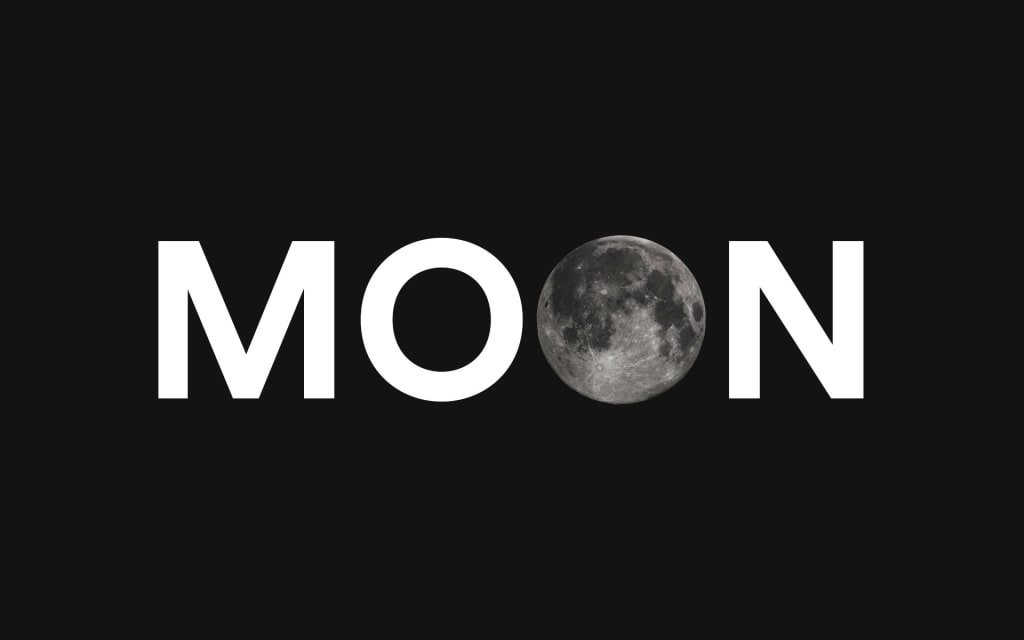 |
| Photo: Vocal |
The Moon is not a planet like Earth
In 2006, the distant moon Pluto was downgraded from a planet to a dwarf planet. Pluto measures (1,485 miles) 2,390 km from end to end.
The Moon is bigger than Pluto, so why isn’t the Moon considered a planet like the Earth?
All of this is governed by an organization called the International Astronomical Union (IAU). According to the IAU, a natural satellite cannot belong to two categories. In other words, the Earth’s Moon cannot be a moon and a planet, too. So the Moon is considered a moon and not a planet in the solar system. However, the Moon and Earth share a lot of planet-like qualities.
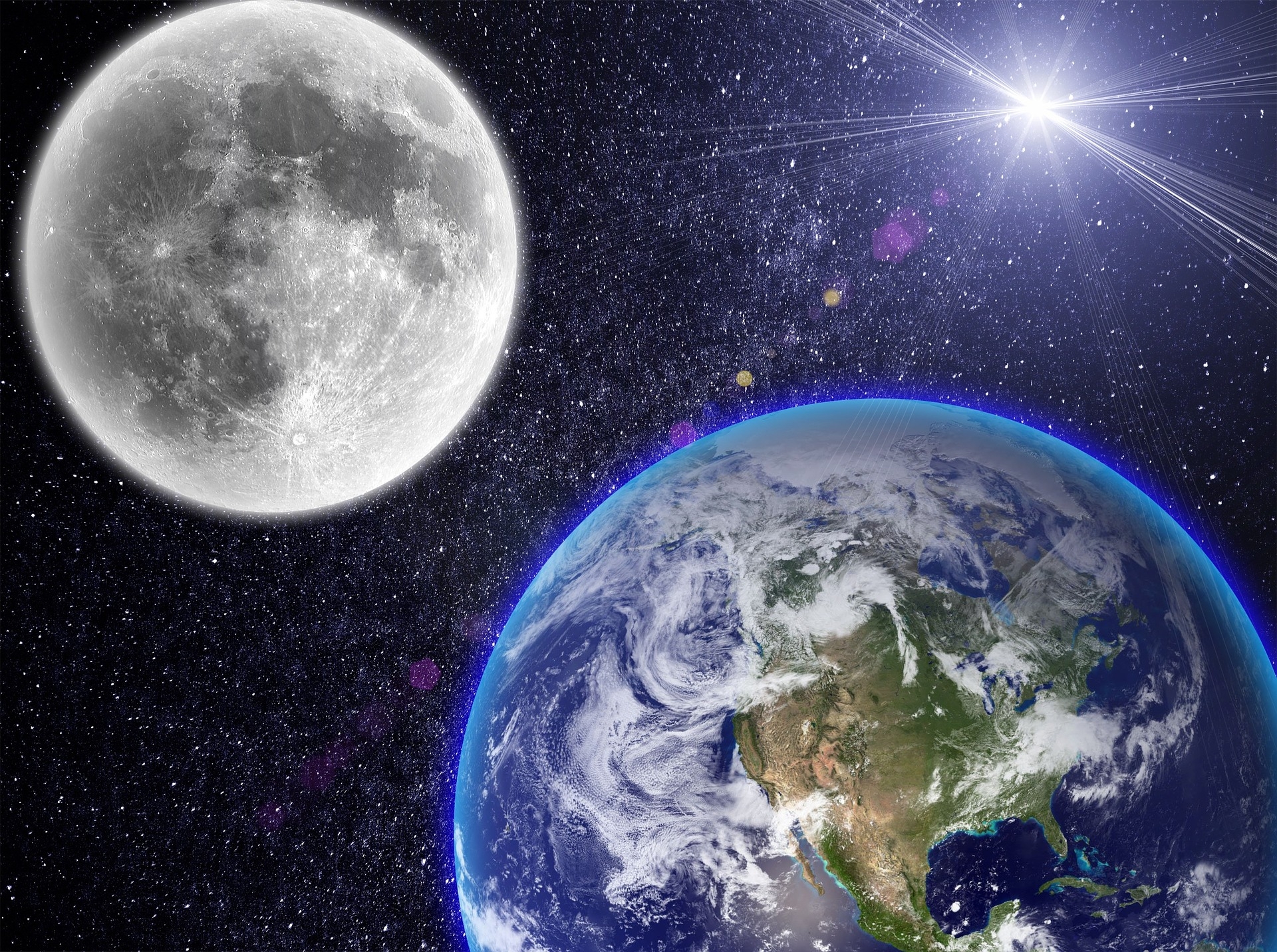 |
| Photo: Perkins eLearning |
At its most fundamental, the Moon is an astronomical body. But that is not all. The Moon is also the Earth’s only permanent satellite. The Moon measures 2,195 miles (3,475 km) from end to end.
Interestingly, a band of asteroids separates the Moon and its neighbouring terrestrial planets from the outer giant planets.
The Moon is about 238,856 miles (384,402 km) away from the Earth. At this distance, it takes about three full days for astronauts to travel from the Earth’s surface to land on the Moon.
The exact amount of time it takes to reach the Moon depends on the route taken. The majority of the moon’s surface is covered with regolith, which is a combination of very fine dust and rocky debris. This comes from billions of years of meteor impacts.
Interesting facts about the Moon
#1. The dark side of the moon is a myth.
In reality, both sides of the Moon see the same amount of sunlight however only one face of the Moon is ever seen from Earth. This is because the Moon rotates around on its own axis in exactly the same time it takes to orbit the Earth, meaning the same side is always facing the Earth. The side facing away from Earth has only been seen by the human eye from spacecraft.
#2. The rise and fall of the tides on Earth are caused by the Moon.
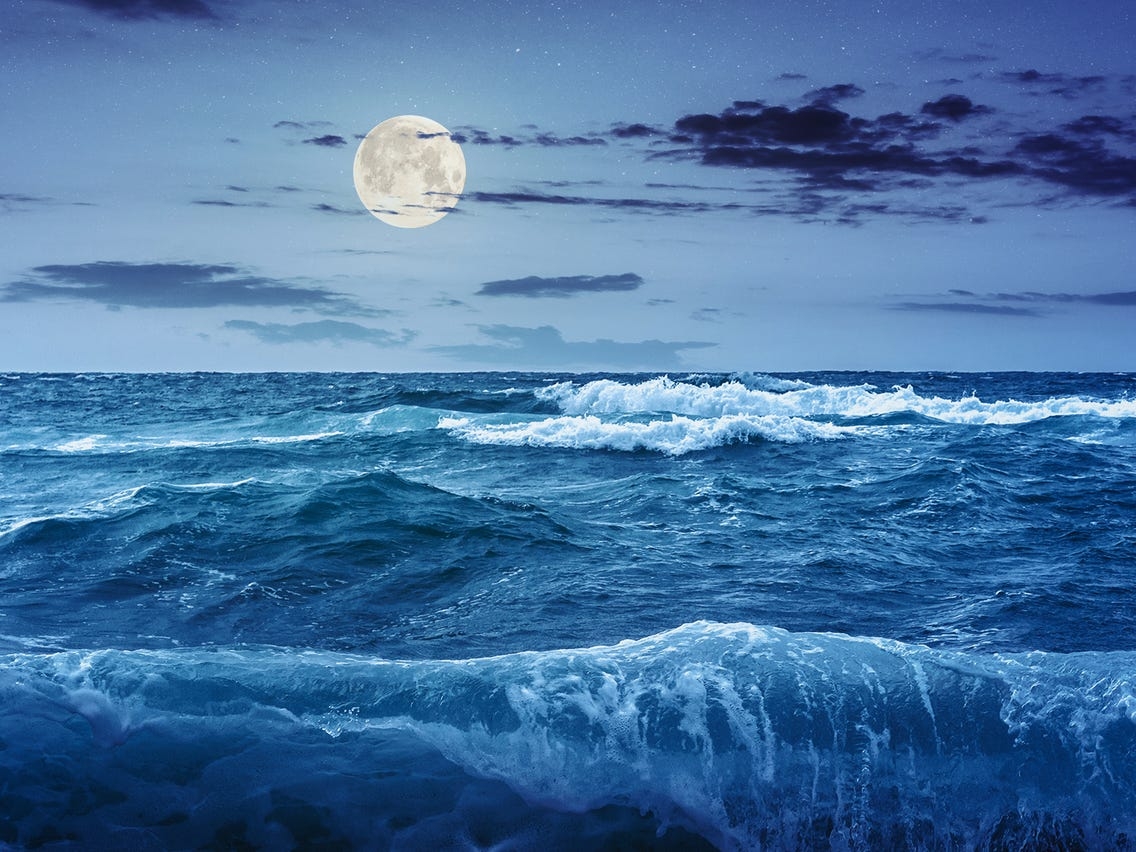 |
| Photo: Pinterest |
There are two bulges in the Earth due to the gravitational pull that the Moon exerts; one on the side facing the Moon, and the other on the opposite side that faces away from the Moon, The bulges move around the oceans as the Earth rotates, causing high and low tides around the globe.
#3. The Moon is drifting away from the Earth.
The Moon is moving approximately 3.8 cm away from our planet every year. It is estimated that it will continue to do so for around 50 billion years. By the time that happens, the Moon will be taking around 47 days to orbit the Earth instead of the current 27.3 days.
#4. A person would weigh much less on the Moon.
 |
| Photo: Twinkl |
The Moon has much weaker gravity than Earth, due to its smaller mass, so you would weigh about one-sixth (16.5%) of your weight on Earth. This is why the lunar astronauts could leap and bound so high in the air.
#5. The Moon has only been walked on by 12 people; all American men.
The first man to set foot on the Moon in 1969 was Neil Armstrong on the Apollo 11 mission, while the last man to walk on the Moon in 1972 was Gene Cernan on the Apollo 17 mission. Since then the Moon has only be visited by unmanned vehicles.
#6. The Moon has no atmosphere.
This means that the surface of the Moon is unprotected from cosmic rays, meteorites and solar winds, and has huge temperature variations. The lack of atmosphere means no sound can be heard on the Moon, and the sky always appears black.
#7. The Moon has quakes.
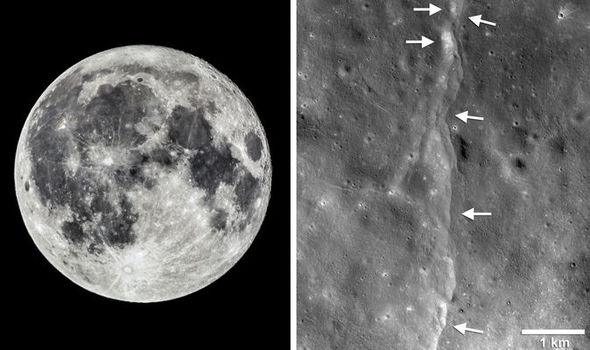 |
| Photo: Daily Express |
These are caused by the gravitational pull of the Earth. Lunar astronauts used seismographs on their visits to the Moon and found that small moonquakes occurred several kilometres beneath the surface, causing ruptures and cracks. Scientists think the Moon has a molten core, just like Earth.
#8. The first spacecraft to reach the Moon was Luna 1 in 1959.
This was a Soviet craft, which was launched from the USSR. It passed within 5995 km of the surface of the Moon before going into orbit around the Sun.
#9. The Moon is the fifth-largest natural satellite in the Solar System.
At 3,475 km in diameter, the Moon is much smaller than the major moons of Jupiter and Saturn. Earth is about 80 times the volume than the Moon, but both are about the same age. A prevailing theory is that the Moon was once part of the Earth, and was formed from a chunk that broke away due to a huge object colliding with Earth when it was relatively young.
#10. During the 1950s the USA considered detonating a nuclear bomb on the Moon.
The secret project was during the height cold war was known as “A Study of Lunar Research Flights” or “Project A119” and meant as a show of strength at a time they were lagging behind in the space race.
#11. The Moon is also the brightest object in the Earth’s night sky, second only to the Sun itself.
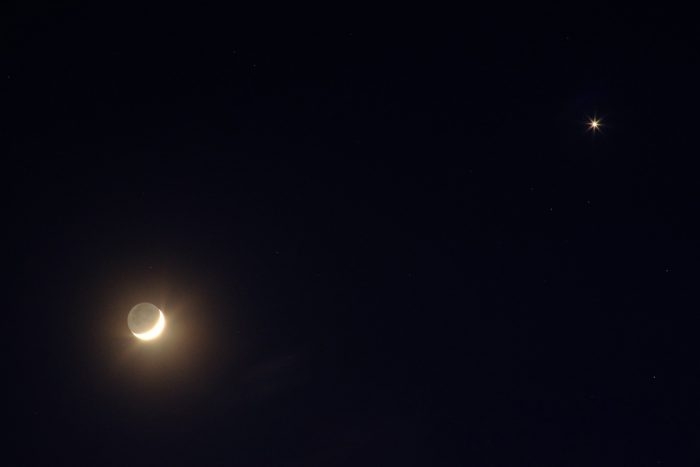 |
| Photo: Skymania |
#12. The Moon is called a terrestrial planet, a category it shares with the Earth itself as well as Mars, Venus and Mercury. (In contrast, the more distant planets are called Jovian or giant planets.)
Phases of the Moon
The diagram below highlights the eight different phases of the Moon: Full Moon, Waxing Crescent, First Quarter, Waxing Gibbous, Full Moon, Waning Gibbous, Last Quarter and Waning Crescent.
 |
| Photo: Pinterest |
Phase 1: New Moon.
The New Moon phase is when the moon is the least visible. It may be seen as a tiny sliver or crescent or not visible at all.
Phase 2: Waxing Crescent.
The Waxing Crescent phase arrives when the Moon appears more like a slim crescent (about one-eighth of the Moon’s full size) that is readily visible.
Phase 3: First Quarter.
In the First Quarter phase, one-quarter of the Moon is clearly visible from Earth.
Phase 4: Waxing Gibbous.
The Waxing Gibbous phase shows a full one-half of the Moon’s Earth-facing surface in the sky.
Phase 5: Full Moon.
The Full Moon phase is when the Moon is at its brightest, appearing as a full, round, sunlight-illumined circle in the sky.
Phase 6: Waning Gibbous.
The Waning Gibbous phase is the mirror opposite of the Waxing Gibbous phase.
Phase 7: Last Quarter.
The Last Quarter phase is the mirror opposite of the First Quarter phase.
Phase 8: Waning Crescent.
The Waning Crescent phase is the mirror opposite of the Waxing Crescent phase.
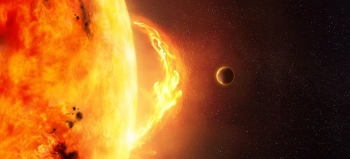 Facts About The Sun: Top 12 Interesting Things Facts About The Sun: Top 12 Interesting Things Think you know everything there is to know about the Sun? Think again. Here are 12 interesting facts about the Sun, collected in no particular ... |
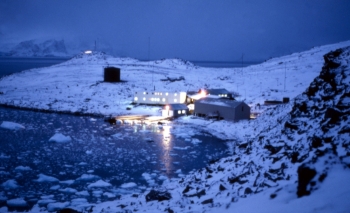 Top 7 Loneliest Places on the Planet Top 7 Loneliest Places on the Planet There are times when you want to leave everything behind and looking to take a break from the ongoing societal craps in your life, you ... |
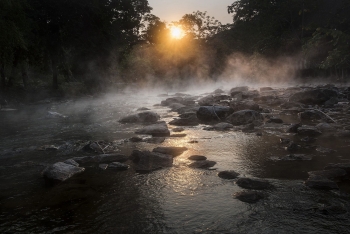 Mysterious FACTS about 'BOILING RIVER', Shanay-timpishka, in Peru Mysterious FACTS about 'BOILING RIVER', Shanay-timpishka, in Peru There exists a mysterious boiling river in the Amazon that burns so hot, which is “Shanay-timpishka” translates to “boiled with the heat of the sun.” ... |
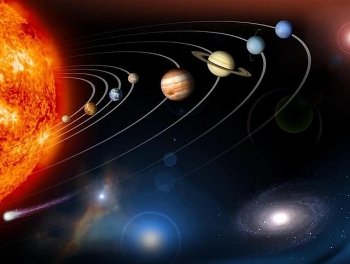 20 facts of Solar System 20 facts of Solar System About 4.6 billion years ago, a giant cloud of dust and gas are known as the solar nebula collapsed in on itself and began to ... |


























